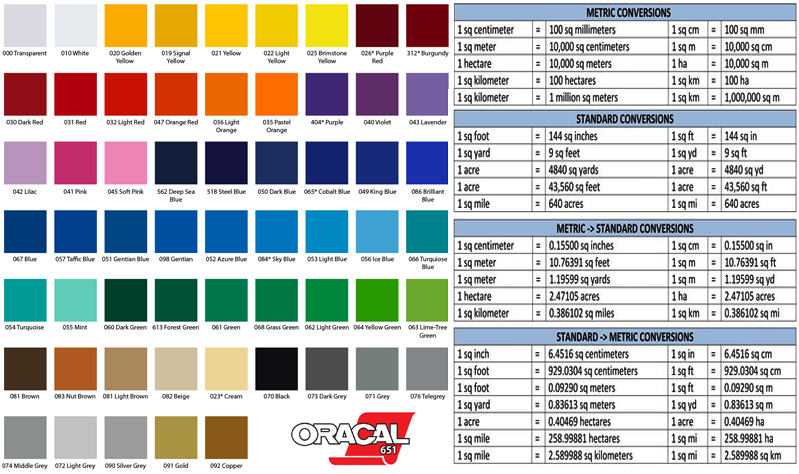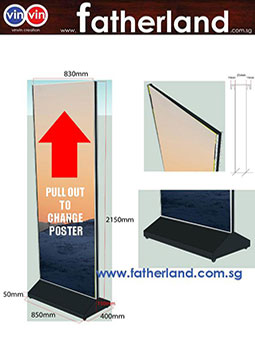ROAD KERB K2
980(L) x 300(H) x 125(W)
The ROAD KERB K2, with dimensions of 980(L) x 300(H) x 125(W) mm, is a precast concrete unit commonly used in civil engineering and urban development projects. It's a key component in road construction, serving multiple functions that are essential for both safety and infrastructure longevity. This type of kerb, often referred to as a concrete road kerb or curbstone, is standardized to ensure consistent performance and easy integration into various designs.
Key Features and Specifications
The K2 kerb is defined by its precise dimensions: a length of 980 mm, a height of 300 mm, and a width of 125 mm. This size is standard for many urban and suburban applications. The term precast means the kerb is manufactured off-site in a controlled environment, which ensures high quality, uniform strength, and a smooth finish. The concrete used is typically a high-strength mix, designed to withstand the wear and tear from traffic, weather, and general public use. Its solid form provides a durable edge that can resist cracking and crumbling over time.
Functions and Applications
The primary purpose of the K2 kerb is to delineate the edge of a carriageway from the pedestrian walkway, cycle path, or landscaped area. This separation is crucial for road safety, as it creates a clear boundary for drivers and pedestrians.
In addition to defining boundaries, the K2 kerb also plays a vital role in drainage. The kerb's height helps to channel rainwater into a drainage system, preventing water from pooling on the road surface. This is critical for preventing hydroplaning and extending the life of the asphalt pavement, as standing water can cause significant damage. The kerb acts as a barrier, directing water flow towards gullies and storm drains.
Furthermore, the K2 kerb provides structural support to the road pavement. By containing the granular road base, it prevents lateral movement and erosion of the pavement's foundation. This contributes to the overall stability and longevity of the road structure, reducing the need for frequent repairs. It also serves as a physical barrier, preventing vehicles from inadvertently leaving the road and potentially causing harm to pedestrians or property. In certain applications, it can be used to mount street furniture like streetlights, traffic signs, and guardrails.
Installation and Maintenance
Installation of the K2 kerb is a straightforward process, but it requires careful preparation of the foundation. The ground must be properly compacted and leveled, often with a concrete or lean-mix mortar bedding, to ensure the kerb is stable and aligned correctly. The kerbs are laid end-to-end, and the joints are typically mortared or sealed to create a continuous, robust line. The uniformity in size of the K2 kerb simplifies the installation process, making it faster and more efficient.
Maintenance is relatively minimal due to the durability of the concrete. Regular inspection for cracks or damage from heavy vehicle impact is recommended. If a section is damaged, the precast nature of the K2 kerb allows for easy replacement of individual units without disrupting the entire road structure. This modular approach makes repairs cost-effective and efficient, ensuring the continued functionality and safety of the road infrastructure.





























